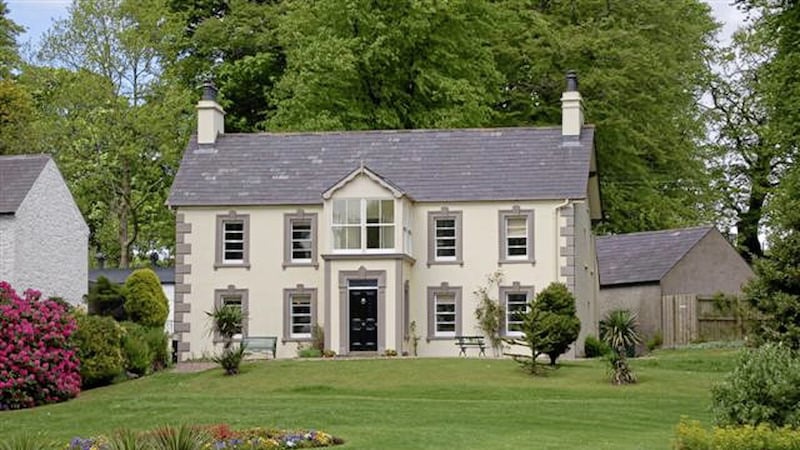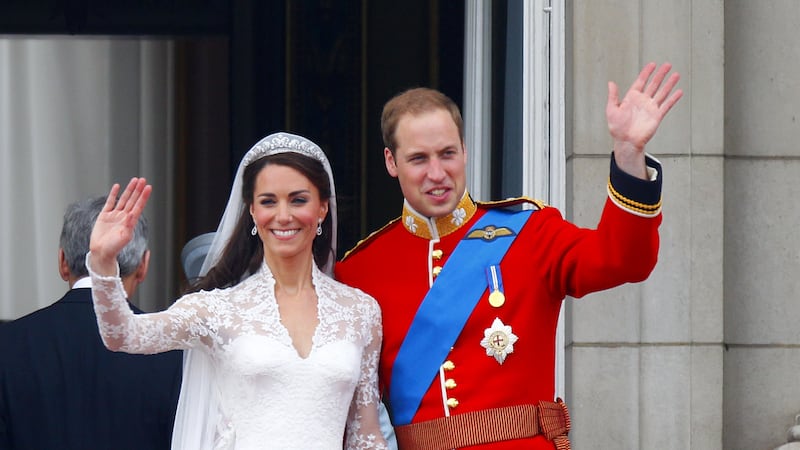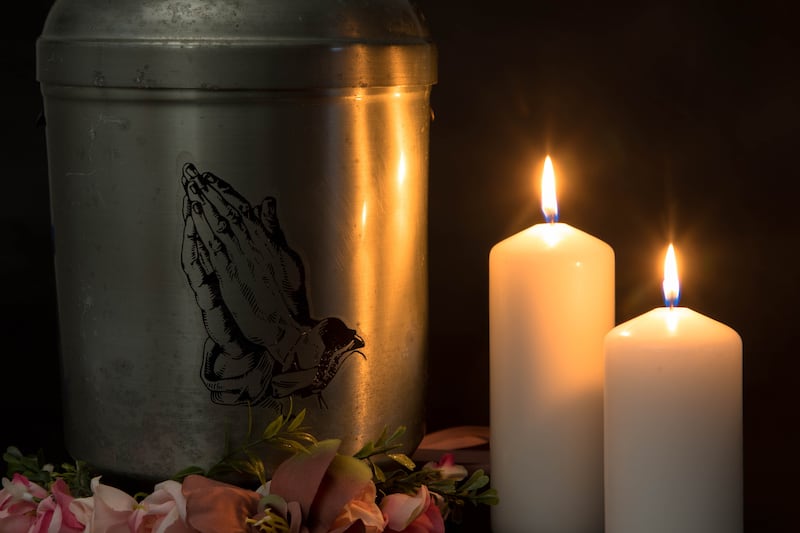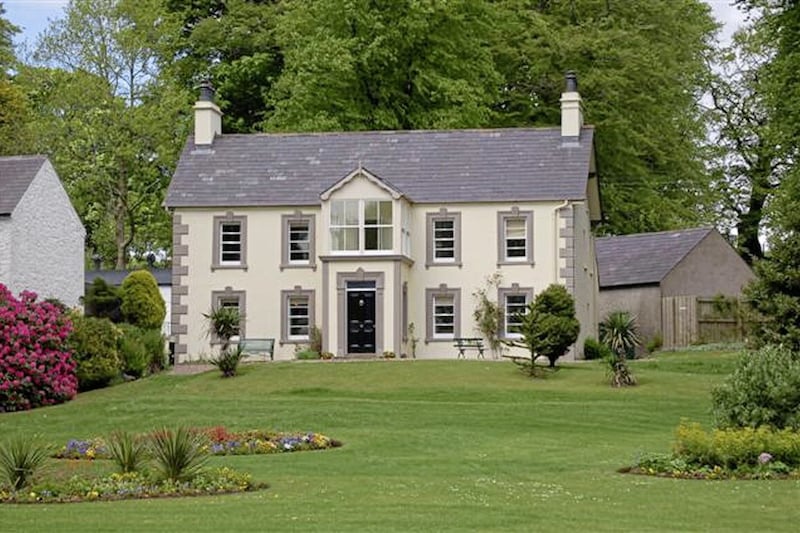THE discovery of paranormal activity at historic council-owned property could increase visitors to the locations, councillors have been told.
Antrim and Newtownabbey Borough Council has given the green light for ghosthunters to carry out an investigations at two historic buildings owned by the local authority.
Paranormal research teams have requested permission to investigate Sentry Hill Historic House and Visitor Centre in Carnmoney, which dates back to 1835, and Antrim's Clotworthy House, which was built in 1843 and now serves as an arts centre.
The investigations, to involve the County Antrim Paranormal Research Association, will see members using equipment to detect changes in temperature and other signs they suggest may indicate ghostly goings-on.
The council has previously agreed to paranormal groups investigating Ballyclare Town Hall in 2017, while the old Newtownabbey Borough Council allowed a group night-time access to its Mossley Mill site in 2011.
At Monday's Community Planning meeting, Alliance councillor Billy Webb asked if the groups detecting strange activity could spook potential visitors to the historic buildings if they reported signs of a haunting.
"It could have an impact on our buildings if something is detected," he said, adding that he wished to make clear he thought the issue was "nonsense".
The council's head of arts and tourism, Simon Goldrick, told members that rather than scaring people off, claims of ghosts could instead boost visitor numbers.
Mr Goldrick, a former head of marketing at Belfast's Grand Opera House, said there were "a number of ghosts that were reported to walk the corridors" of the Belfast theatre.
"It increased the number of people who came through the doors," he said, adding there was "benefits to finding signs of life there, or whatever the opposite of that is".








